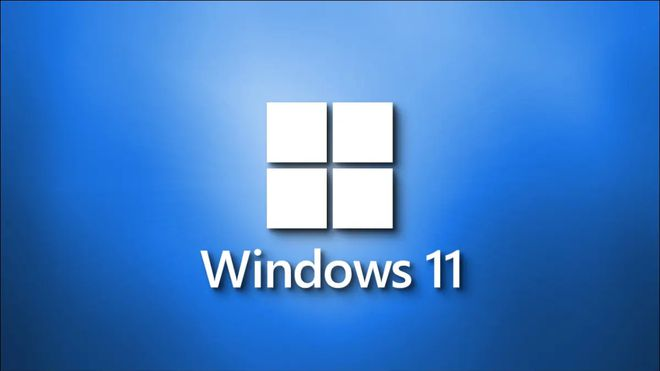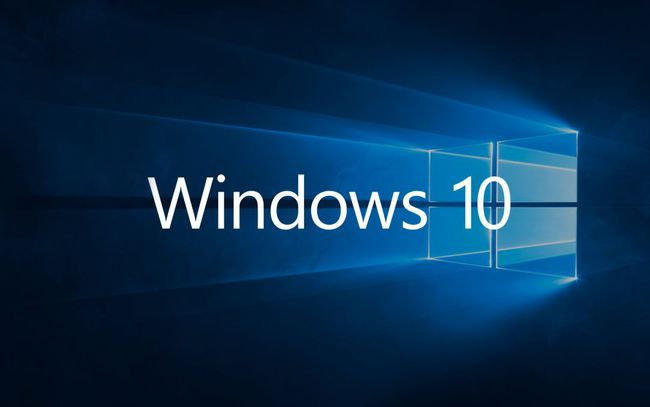In the ever-evolving landscape of operating systems, the transition from one version to another is often met with mixed reactions. Windows 11, the successor to the widely-used Windows 10, has faced challenges in gaining widespread acceptance from users. Despite being on the market for two years, Windows 11 has failed to achieve the same market share as its predecessor. This article delves into the reasons behind Windows 11’s struggle to replace Windows 10, exploring the hardware requirements, lack of compelling upgrade reasons, and the potential rise of alternative operating systems such as Linux.
The Market Share Battle
Windows 10 has maintained a dominant position in the global desktop market, with a market share of 71.64%, while Windows 11 lags behind at 23.61%. Despite some progress in recent months, Windows 11 has not been able to surpass Windows 10’s stronghold. This is evident not only in the general user base but also among gamers. According to Valve’s monthly Steam hardware and software survey, 57% of players still use Windows 10, while only 37% have migrated to Windows 11. It is clear that Windows 11 has not been able to sway users to upgrade from Windows 10.
Unfavorable Reception
The low acceptance of Windows 11 can be attributed to two main factors: stringent hardware requirements and the lack of compelling reasons to upgrade. Many users have criticized the hardware requirements imposed by Microsoft, which have resulted in older CPUs and other components being incompatible with Windows 11. This limitation has deterred users from adopting the new operating system, as they do not see a significant performance improvement compared to Windows 10. One user aptly pointed out, “When you force new hardware to replace perfectly fine old hardware just to sell an operating system, adoption will stall.”
Furthermore, the user experience offered by Windows 11 does not present a compelling reason for users to upgrade. The functionality of Windows 11 is almost identical to that of Windows 10, leading users to question the necessity of the switch. As one early adopter of Windows 11 shared, “For end-users, there is almost no difference in functionality between Windows 10 and 11. So, I agree with both viewpoints: there is no compelling reason to switch, and the restriction on older hardware hampers adoption.”
The Inevitable Demise of Windows 10
While many users resist the transition to Windows 11, Microsoft’s support for Windows 10 has a limited lifespan. Windows 11 may not be the enticing carrot for users, but the end of support for Windows 10 is the stick that will eventually force users to upgrade. This will inevitably lead to hardware upgrades, as Windows 10’s discontinuation will push businesses to invest in new devices. Lenovo’s Senior Vice President and President of the Intelligent Devices Group, Luca Rossi, predicts a surge in demand in the commercial sector when Windows 10 reaches the end of its life in 2024/2025. The advent of AI-powered PCs may further drive sustained demand for Windows 11. However, the strict hardware requirements remain a significant obstacle to the widespread adoption of Windows 11.
Bypassing Hardware Restrictions
Despite the hardware limitations, resourceful users have discovered unofficial methods to bypass these restrictions and successfully install Windows 11 on unsupported machines. A user on Twitter shared a method involving adding the “/product server” switch to the setup.exe file in the Windows 11 installation directory, allowing installation on almost any PC. While this workaround may encourage some users to upgrade, it is unlikely to replace Windows 10 as the dominant Windows operating system in the short term.
Exploring Alternatives: The Linux Opportunity
As Windows 11 faces resistance, users are exploring options beyond the Windows ecosystem. Some users have expressed a willingness to switch to Mac or Linux, citing the demanding hardware requirements of Windows 11 as a motivation. Linux, in particular, has been mentioned as a potential alternative. The lightweight nature of Linux allows it to run on older machines, making it an attractive choice for those unable to purchase a Windows license. Additionally, Linux is often perceived as more private and secure. The availability of various Linux distributions, such as Ubuntu and PureOS, provides tailored solutions for specific needs. However, Linux adoption among general users can be hindered by a preference for plug-and-play convenience, compatibility with mainstream software, and a perception of technical complexity.
The Challenges of Switching to Linux
While Linux offers advantages, including compatibility with older hardware and enhanced privacy and security, there are challenges to consider. Mainstream software, such as Adobe Creative Suite and Microsoft 365, may not be available on Linux, limiting its appeal to users who rely on these tools. The availability of software on Linux can be unpredictable, and the transition may require a learning curve. However, some users have successfully made the switch to Linux, accepting the need for a slight adjustment in workflow and software availability. The demand for Windows programs to run on Linux is a recurring request among users, highlighting the desire for a seamless transition.
Conclusion
Windows 11’s struggle to replace Windows 10 can be attributed to its stringent hardware requirements and the lack of compelling reasons for users to upgrade. While Windows 11 has made progress, Windows 10 continues to dominate the desktop market. As the end of support for Windows 10 approaches, hardware manufacturers anticipate increased demand, and the advancement of AI-powered PCs may drive the adoption of Windows 11. However, the strict hardware requirements remain a significant obstacle. In the face of these challenges, some users are considering Linux as an alternative, drawn to its lightweight nature and tailored solutions. While Linux adoption presents its own set of challenges, it offers an opportunity for users seeking alternatives to the Windows ecosystem.


